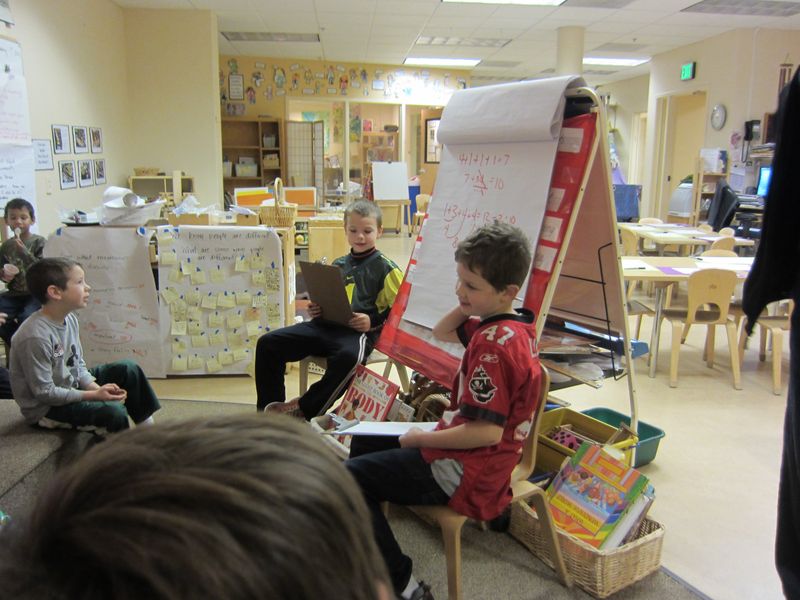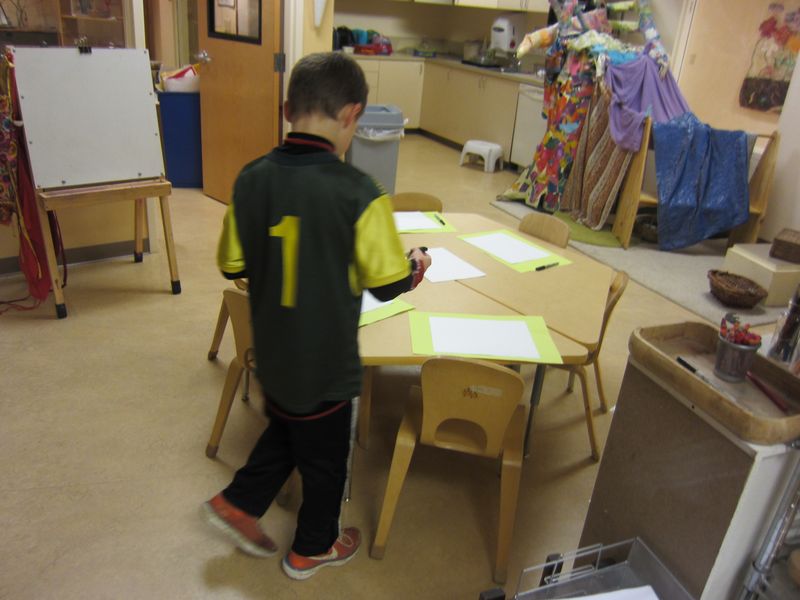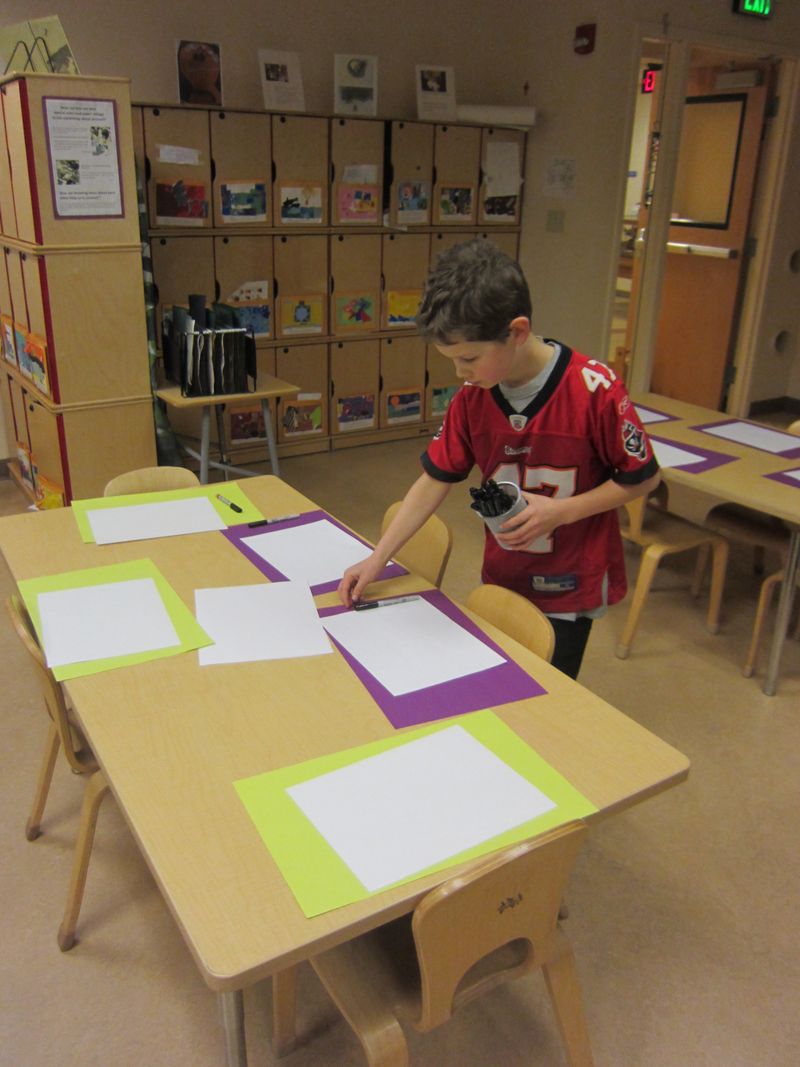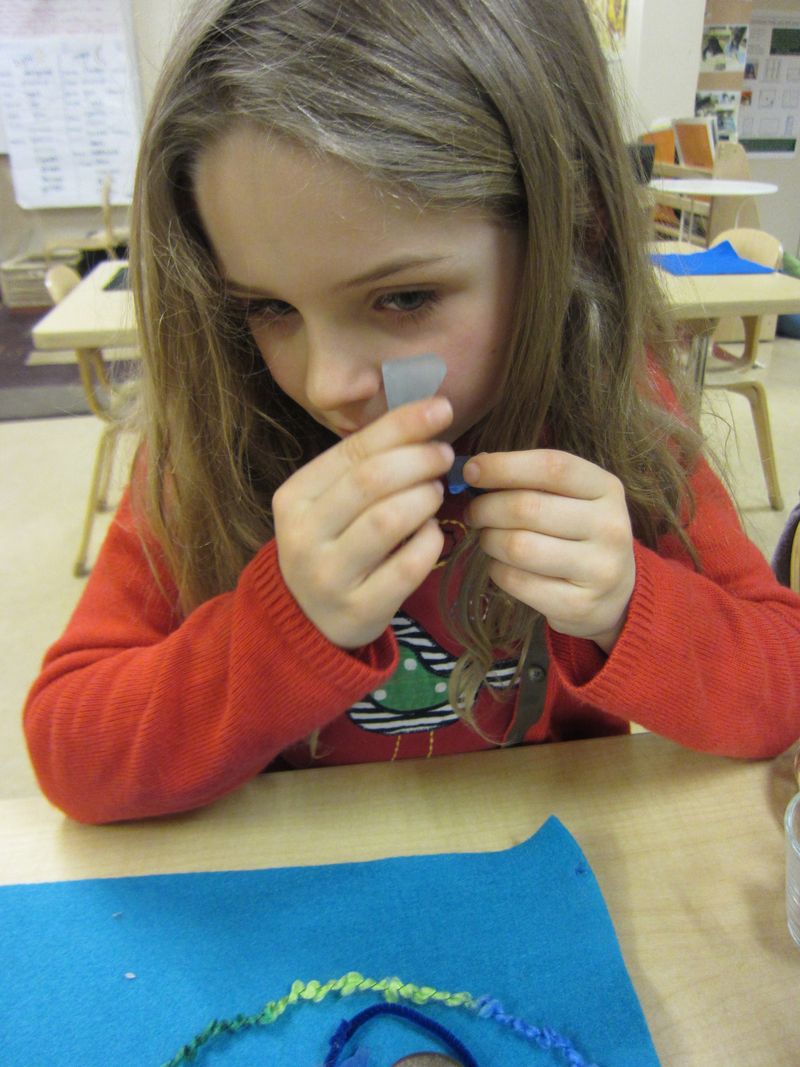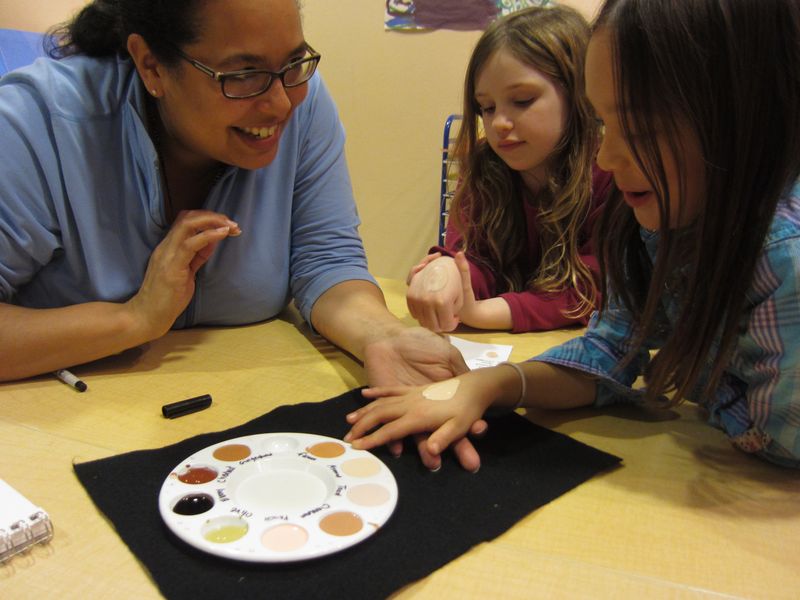“I love when adults think kids can do anything.”
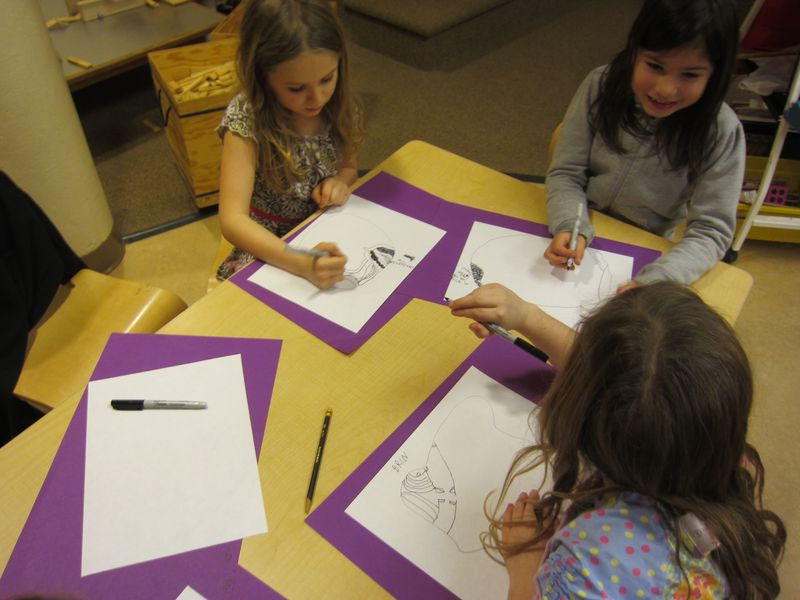

"I love when adults think kids can do anything." …murmered an Opal 2 student in the midst of working in blackline marker. With all my adult schema that whispered, well maybe not not "anything…" I smiled as I overheard this remark. Smiled, but also stopped to jot a note aware that the magic in those words deserved further contemplation. Today, in honest reflection I pondered the enormity of a moment that brought this student to feel such freedom.
I stopped to wonder… what does it mean to believe that kids can do anything? What does that belief look like, sound like and feel like on a daily basis? Perhaps I decided, what was an even more important wondering, was how this student, in this moment, came to experience our belief in her capacity with such clarity and joy? I started thinking…
Let's see…these words were uttered while drawing. In fact, to be specific, while recording her thinking about how her brain works. The brain - a fascinating topic with a multitude of complexities and the real work of scientists and theorists all over the world. In Opal 2 we've asked ourselves: What happens when we are thinking really hard? How does the brain make and hold memories and ideas? Where are dreams and how do they connect with emotions? Is there a space for sports in our brains? How do we learn new information? Real questions. Relevant questions. The kind of open ended inquiries that have fascinated thinkers around the world for generations. The kind of questions that gain momentum through collaboration. Questions (by the way) that we teachers don't know the answers to, either. Was it something about the question that communicated freedom? What does the "what" we ask kids to do, communicate about our belief in their capacities?
Then again, in this moment it really wasn't us, the "teachers," who even asked the question. On this day, students had been asked to do this important and relevent thinking by their peers. Our teachers that day were two Opal 2 students who, first through clay, and then pencil and paper, had become fascinated with not only their own brain, but with what may be the same and different in the brains of others. We teachers stepped aside, as our scientist addressed the group. With clipboards in hand these students invited their peers to become a part of their brain research.
There were also materials. Black pen and paper carefully laid out by the students who needed the feedback.
Children supported to set up provocations and materials. Children inviting children into inquiry. What is the impact of teachers who listen and children who learn to lead? What message is communicated to the children leading and the children following? What role can materials play in allowing deep thinking to be revealed, captured and ultimately heard? Is it here, in the "how" the work was entered that this Opal 2 student felt our faith?
But then there's the "why" we were even talking about his stuff to begin with. Rooted in our conversations of same and different, our brain work grew out of our experiences and wonderings about essential pieces of our life together in community. We wondered how our memories help make us who we are? How do we decide what to hold and what to "forget?" We wondered why some differences have been hard to connect across when others are not? We have looked carefully at ourselves and wondered what makes each of us different and unique.
This is work that really matters in a community who knows, without a doubt, two essential truths: we are all different and we are all connected.
The drawing of this student's brain then, has context and meaning to our work in this community. We also know it is important to society because we've shared stories of connecting across difference in all of its beauty and discomfort. How our brains work and how we understand difference have tangilble relevance to our life as a learning community. This work is alive with the intrigue of reality and fueled by the potential of mystery. Maybe that's it. Perhaps by communicating the relevance and importance of their thinking to real world events, our image of each child is made evident? Maybe it does lie in the mystery of the "why."
"I love when adults think kids can do anything." S.S.
With these words I stopped and through reflection found some essentials I want to polish, treasure and revisit from time to time. Within the what we give children to think about, is an opportunity to communicate our confidence in their thinking and imagination. Within the how we enter into the content, is the potential to show our repect for their lead, our intentionality about wanting to hear their thinking and our willingness to try new directions. Within the context we give children regarding the why we are doing the work, are opportunities to inspire children to engage with their world right now, empowered by our belief in the difference they can make. Taken all together, we might hope to overhear a moment when a busy engaged six year old murmers her thanks.
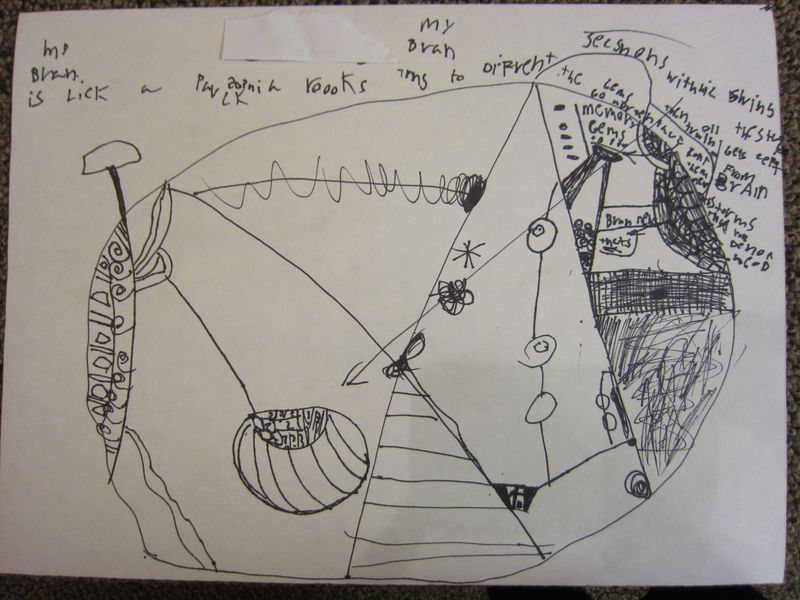
"I think that my brain can turn around just like a block that you have to turn to get all of the colors on one side. But where does all the stuff from the brain storms or how does that come? I think that in my brain there are big idea bricks and some times you get so smart that a storm comes of ideas like when the bricks of the earth go up and make a storm. Idea bricks make a storm. I think that when you have a baby they're still thinking of it but when you get older you know the answer so you use it to get up higher to other levels to make smarter new thoughts." S.S.
"I love when kids remind us that they can do anything." Z.G.

